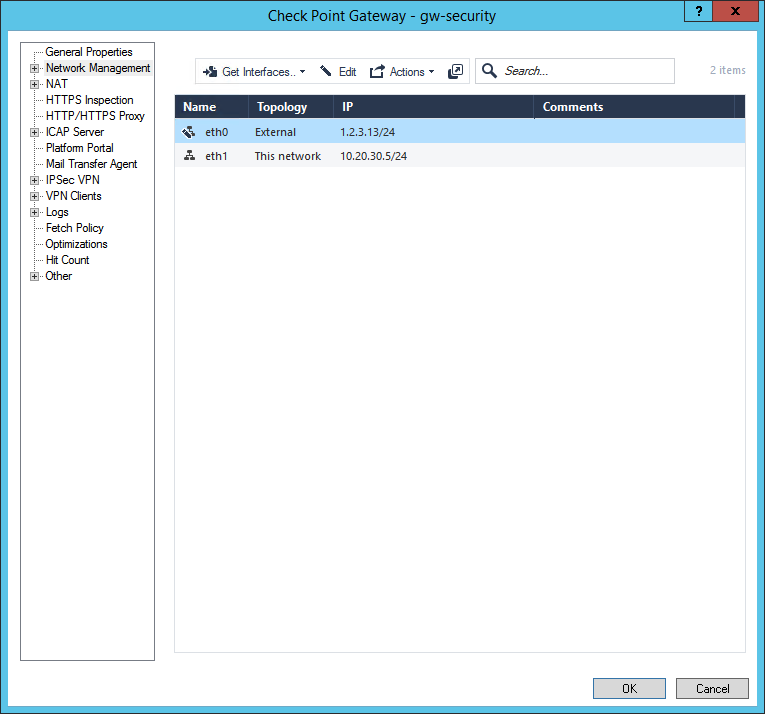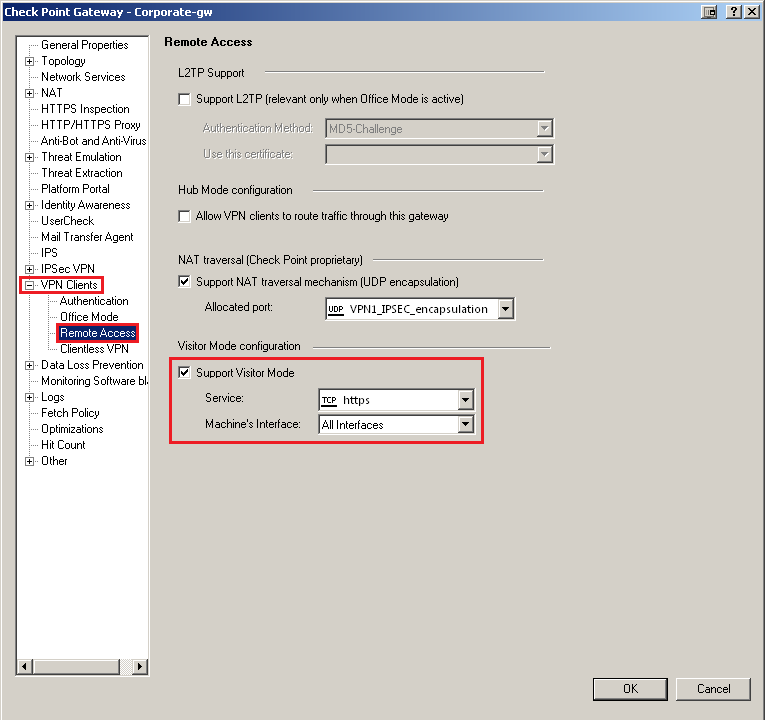

In this configuration, you cannot resolve names in the connected external VPN network.


It means that your DNS requests are sent to your local DNS servers instead of the DNS servers for VPN connection. So the DNS traffic goes through the interface with the lower metric value. The screenshot above shows that the local Ethernet connection has a lower metric (25) than the VPN interface (100). Get-NetIPInterface | Sort-Object Interfacemetric For example, your VPN connection works in the the Split Tunneling mode (you want to access Internet from your LAN and your corporate resources over VPN).Ĭheck the values of all network interface metrics from PowerShell: You must understand that Windows sends a DNS query from the network interface, which has the highest priority (lower value of the interface metric). If you are using Split Tunneling (the “ Use default gateway on remote network” option is unchecked) for your VPN connection, you can access the Internet from your local network, but you cannot resolve DNS addresses in the remote VPN network (IPv6 disabling does not help here). I found some recommendations on disabling IPv6 protocol for your local (LAN) interface and it would help if you want to use the Force-Tunneling mode. The fact is that Windows 10 is trying to resolve host names in your local network through the DNS servers specified in the VPN connection settings. They are available only by IP addresses, but not by their host names. At the same time, you can ping any resources on your LAN (try to ping your gateway, neighboring computer or printer IP address).


 0 kommentar(er)
0 kommentar(er)
